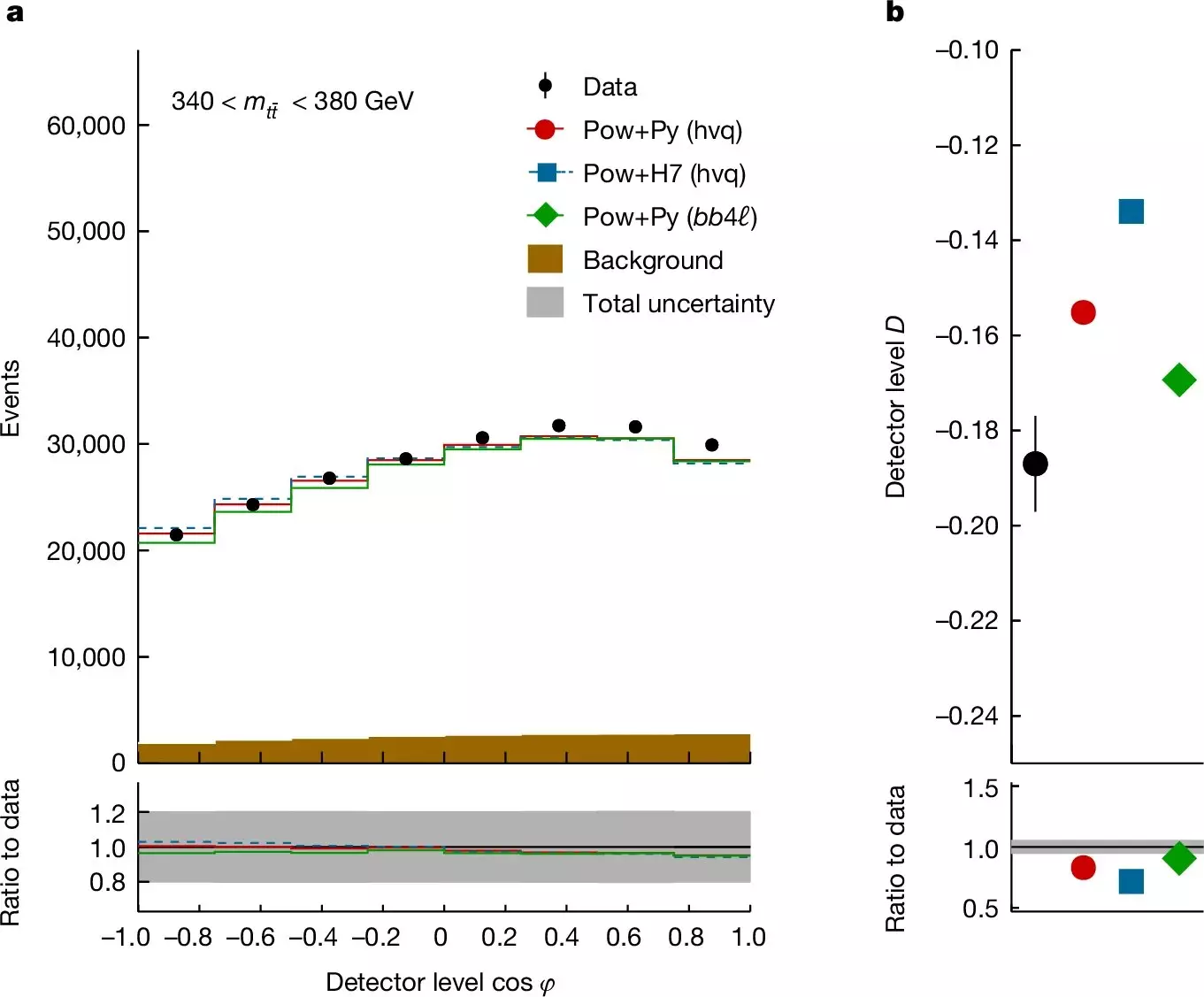Quantum mechanics is a realm filled with phenomena that challenge our understanding of reality. One of the most captivating aspects of this field is quantum entanglement, a phenomenon that defies classical expectations and introduces a new level of interconnectedness between particles. When two particles become entangled, the state of one becomes intimately linked to the state of the other, regardless of the distance separating them. This intricate dance of particles operates outside the bounds of traditional physics, prompting scientists to rethink their foundational principles.
Entanglement has opened new avenues for applications in various domains, including quantum cryptography, which offers enhanced security measures through the principles of quantum physics, as well as quantum computing, which promises to revolutionize information processing. The profound implications of entanglement were recently underscored when Alain Aspect, John F. Clauser, and Anton Zeilinger received the 2022 Nobel Prize in Physics for their pioneering experiments involving entangled photons. Their work validated predictions made by the theorist John Bell and laid the groundwork for quantum information science. However, until recently, the exploration of entanglement in high-energy environments such as particle colliders remained largely uncharted.
A breakthrough came with a novel study performed by the ATLAS collaboration at the Large Hadron Collider (LHC). In an article published in *Nature* in September 2023, researchers revealed their successful observation of quantum entanglement between top quarks—one of the heaviest fundamental particles known—during high-energy collisions. This monumental achievement marks the first observation of entanglement at energies that surpass those previously accessible, providing a new perspective on the complex interrelations of particles in quantum physics.
Andreas Hoecker, the spokesperson for ATLAS, emphasized the significance of this discovery, stating that it opens the door for fresh inquiries into quantum entanglement, especially within the context of particle physics. The ATLAS and CMS collaborations engaged in meticulous analysis of pairs of top quarks produced in proton-proton collisions, searching for those generated at energies of 13 teraelectronvolts. This intricate methodology allowed them to investigate the links between the spins of top quarks—a gene pool of potential insights into the foundational workings of the quantum world.
To discern entanglement among top quarks, physicists meticulously scrutinized pairs produced with minimal momentum relative to one another. Given that top quarks decay into lighter particles almost instantaneously, capturing their spin orientation via decay products becomes a meticulous exercise in data interpretation. The spin entanglement of these quark pairs could be inferred from angular separations observed in their decay products—an intricate puzzle that scientists are now beginning to solve.
The ATLAS team achieved a high statistical significance—greater than five standard deviations—when deducing entanglement between top quarks based on the alignment of their decay products. In a simultaneous pursuit, the CMS collaboration explored additional pairs of top quarks produced with greater momentum, uncovering further evidence of spin entanglement. These findings bolster the confidence in our understanding of quantum mechanisms while revealing complexities that challenge the established models of particle physics.
This groundbreaking observation acts as a critical linchpin for further studies, allowing physicists to test the Standard Model of particle physics in innovative ways. The newfound capacity to examine entanglement in a fresh particle system at unprecedented energy levels propels our exploration of the quantum realm into uncharted territories. Patricia McBride, a spokesperson for CMS, pointed out that studying entanglement in such a redefined context could illuminate potential “new physics” that exists beyond our current frameworks.
As research progresses and data samples grow, scholars in the field are poised to unravel more layers of quantum entanglement and its implications. The interplay between fundamental particles is not just a theoretical obsession but a tangible frontier wherein the very nature of reality may be scrutinized and redefined. In light of the advancements reported by the ATLAS and CMS collaborations, the scientific community stands at the precipice of understanding a more profound connection between particles than previously imagined, thereby continuing the legacy of inquiry that has long defined physics.
The recent observations of quantum entanglement at the LHC signal an exciting era in particle physics, one that is ripe for exploration and discovery. As scientists continue to probe the intricate relationships among fundamental particles, the implications for our understanding of the universe could be monumental. The veil surrounding quantum mechanics is lifting, revealing a complex yet beautifully interconnected tapestry, uniquely structured by the principles of entanglement. As research progresses, the quest to unlock these mysteries shall endure, promising to reshuffle our understanding of reality itself.


Leave a Reply